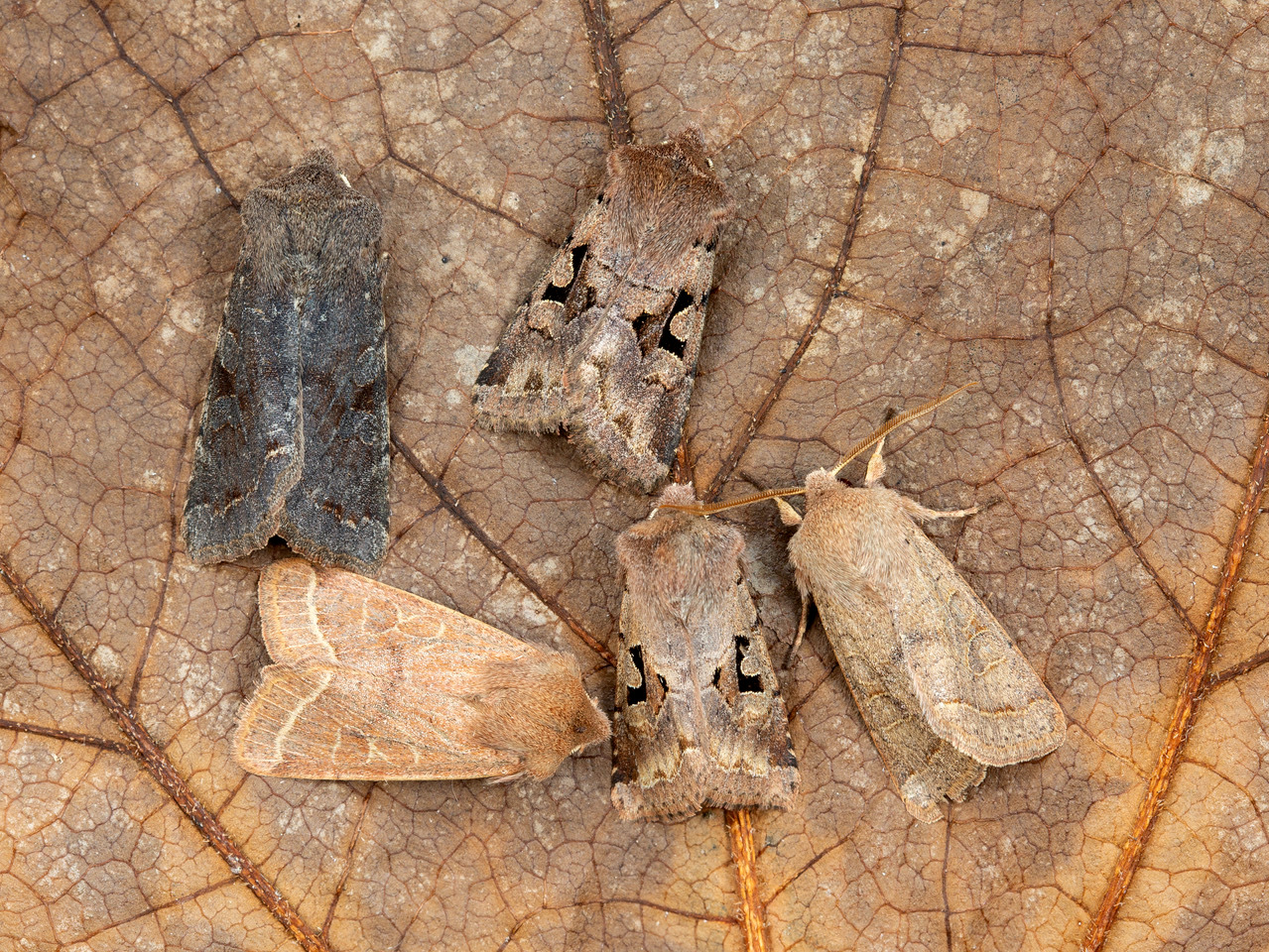If you were to close your eyes and think of the word ‘pollinators’ a certain black and yellow insect might pop into your mind. But in terms of the most efficient pollinators, new research has revealed findings that will make us think again.
Research from the University of Sussex has found it’s actually moths that are more efficient pollinators. While moths pollinate during the night, they are more efficient pollinators than bees are during the day.
Studying 10 sites in the southeast of England throughout July 2021, the Sussex researchers found that 83% of insect visits to bramble flowers were during the day. While the moths made fewer visits during the shorter summer nights, notching up only 15% of the visits, they were able to pollinate the flowers more quickly.
While day-flying insects have more time available to transfer pollen, moths are making an important contribution during the short hours of darkness. Previous studies have demonstrated moths do play a role as nocturnal pollinators, including examples featured in the writings of Charles Darwin. However, this new research demonstrates the efficiency of moths as pollinators.
No one can deny the importance of bees as pollinators, but these new findings raise the question of who is more hard-working…The research gives these mighty moths the attention they deserve for helping in seed production, which is a significant process that benefits not only wild plants but many human food crops.
Dr Max Anderson, South West Landscape Officer for Butterfly Conservation, was a PhD student working alongside Professor Mathews on the paper. Max says: "Moths are important pollinators, and they are greatly under-appreciated and under-studied. The majority of pollination research tends to focus on day-flying insects, with little understanding of what happens at night.
"Now we know that moths are also important pollinators, we need to take action to support them by encouraging some bramble and other flowering scrub plants to grow in our parks, gardens, road verges, and hedgerows."
But it’s not all good news...
Unfortunately, just as we learn of their increased importance, many moths are in serious decline across Britain. Since 1914 there have been 56 moth extinctions, and two thirds of common and widespread species have declined in the last 40 years.
This has an alarming knock-on effect, not only on the pollination we need for food and plants, but for the role they play in the food chain for bats, birds, and other creatures. To put this into perspective, in Britain and Ireland, Blue Tits eat an estimated 50 billion moth caterpillars each year. If moths continue to decline, many other species and the wider ecosystem will be put at further risk. As moths are a key indicator for the wider health of our environment, if we monitor more declines in their numbers this signifies wider negative environmental changes.
What is causing pollinator’s declines?
There are multiple factors causing a decline in insect populations. Some of the main drivers of change are linked to climate change and intensive agriculture, which widely impacts all kinds of creatures, including pollinators. Pesticides and herbicides use, including in our gardens, is also a cause of declining numbers of moths. The destruction of peat bogs is a further threat as it destroys precious habitats where insects and wildflowers thrive, so be sure to only purchase peat-free compost.
Light pollution has also been found to further moth declines with streetlights reducing the abundance of moth caterpillars by up to 52%.
What can do you do to help?
• Plant white flowers, as some moths are attracted to them
• Grow patches of scrub and rough grass
• Turn off night lights
• Create a Wild Space


